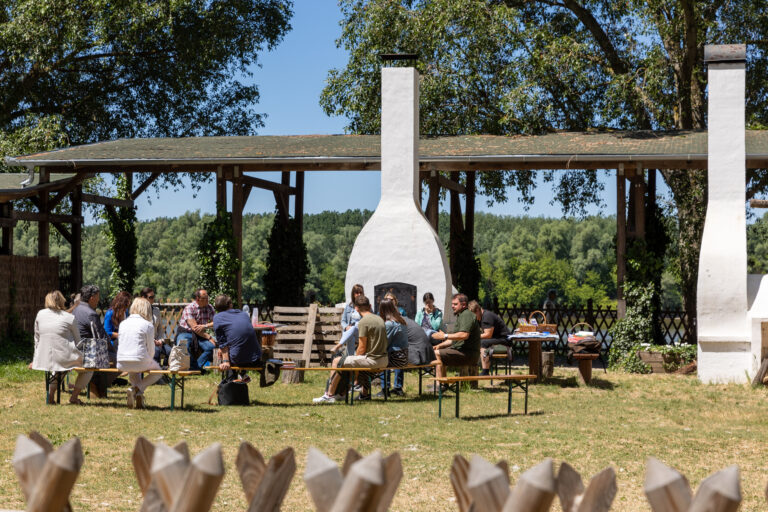A small-scale research was carried out by KÉK – Contemporary Architecture Centre, Budapest, to map the touristic network in Baja and the surrounding regions in the beginning of 2022. Online and on-site, face-to- face interviews and information, based on empirical knowledge were conducted in the process, giving the results a wider perspective.
The research found that cooperation between local actors is difficult to achieve in the region. Many are not in contact and do not have a common communication platform, despite the region’s diverse and wide-ranging tourism offer. Baja and its surroundings possess a lot of under-represented cultural heritage, with immense potential for local identity building, waiting to be valorized – thus, it is crucial to take careful steps towards stakeholder engagement, networking and, thereupon, capacity building for self-sustaining local tourism and community engagement.
Based on the results we organized a course of three parts, which aimed to help local and regional stakeholders to develop a strategy on how to work together, counting on each other in a partnership while building a sustainable tourism network in the region. During the three workshops there were three different topics discussed. On the first occasion, the focus was on essential service provider cooperation, from the perspective of territorial factors, the effects of the COVID-19 pandemic, and the tourism experience chain. The title of the second workshop was uniqueness and creativity. We talked about creating and promoting different products, the destination as a product integrated in tourism and innovative product development. The third workshop focused on regional branding, and the possibilities of creating trademarks and labels, hereby presenting the DANUrB+ Quality Label as well.
As the workshops took part before the peak in the tourism season we were curious to see the effects during the summer in practice. At the end of August we returned to Baja and made in-person evaluations. Our experience has shown that inspired by the workshops, a number of previously non-existent collaborations have been established. To give an example, stakeholders providing cultural programs have recommended specific tourism services to their visitors (e.g. accommodation and sport programs) in the region.
Luckily, the results have also reached municipality level. Thus, there is now a chance to collaborate on the process of creating a regional strategy in the future. The idea to create a shared calendar to prevent the organization of similar events at the same time has also reached both stakeholder and municipality levels, so there is a bigger chance of realizing this project. The municipality has plans to implement programs working together with not only other municipalities of the region but also involving local stakeholders.
In conclusion, the results show that the implementation of the capacity building workshop has led to stronger engagement of local stakeholders and has increased network between them.


